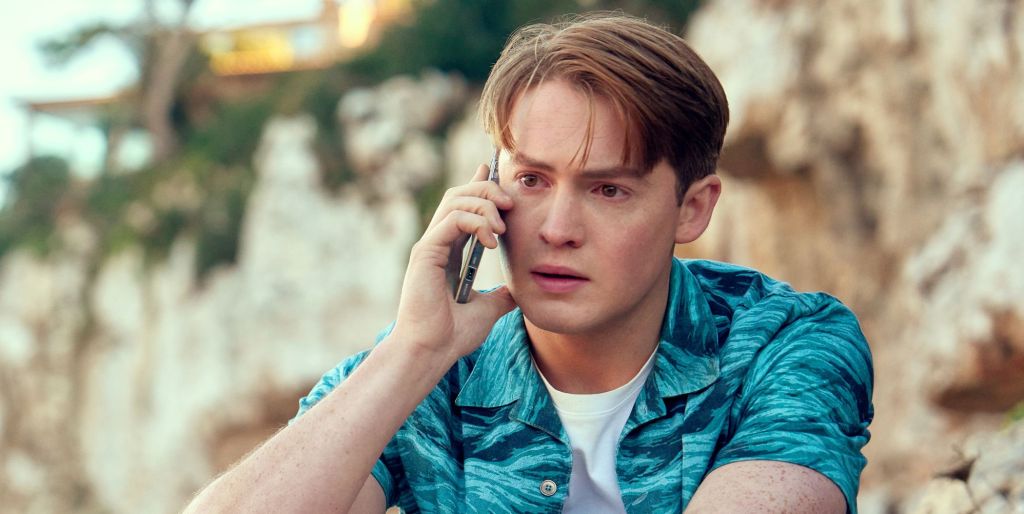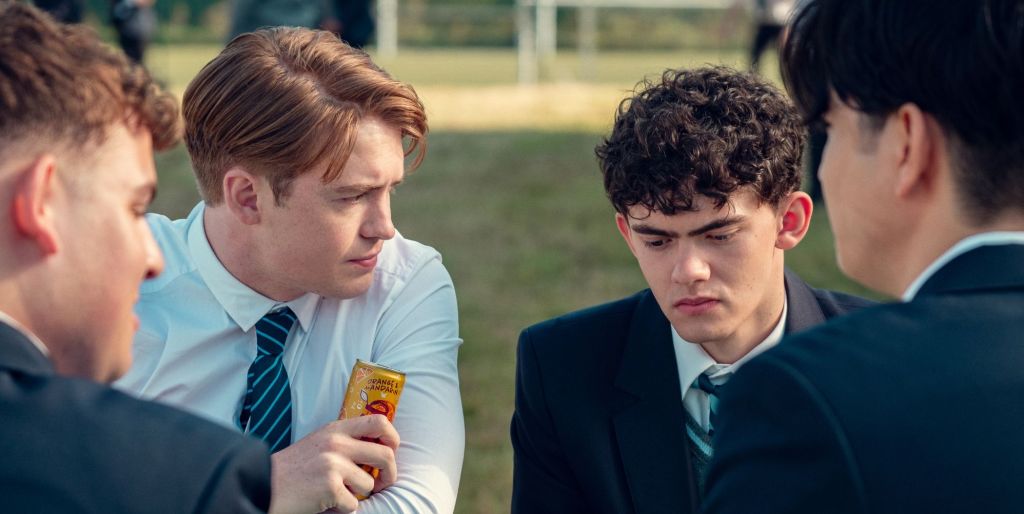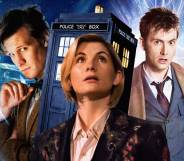Heartstopper delivers show’s most powerful scenes yet in season three episode four

Heartstopper season three arrived on Netflix earlier this month. (Netflix)
As a gay man approaching 30, I always imagined that if I ever found myself getting emotional over Heartstopper, it would be for the very fact that it exists.
(Warning: spoilers for Heartstopper season three follow).
Having grown up in the shadow of Margaret Thatcher’s Section 28, such a profound exploration of young queer romance on TV at all, let alone an entire popular series about it, felt like a faraway dream. But the first time Heartstopper brought real tears to my eyes had nothing to do with its intrinsic queerness, not really.
Much has been said by the show’s leading stars, Joe Locke and Kit Connor, who play couple Charlie Spring and Nick Nelson, about this season being “darker” and “more mature”, with a focus on the show’s first sex scenes.
No, the crown jewel of season three is more than all those soundbites: episode four, aptly titled “Journey”, captures all the beauty and pain of growing up, and it’s the best the show has delivered. The Heartstopper kids aren’t kids anymore.
Season three on the whole is an emotional one. The signs of Charlie’s worsening eating disorder are clear from episode one, and by the end of the third show, Nick has convinced him to write doown his feelings in a letter to his parents. Up to this point, this scene is the show’s most moving, but episode four knocks it out of the water.
Told from both Nick and Charlie’s separate perspectives in monologues, episode four unravels the weeks and months that follow Charlie bravely opening up about his mental health. Things get worse before they get better: he skips school, lashes out at his loved ones, and joins the bottom of the NHS waiting list for eating disorder treatment before ultimately being admitted to a psychiatric hospital.
Nick knows his role is to be Charlie’s support system. “I read up about it online. It said that you had to make them feel cared for and not judge them,” he says. “It didn’t feel like enough, but I guess I tried. I tried to just be there.”
Given that he’s just 20, Connor’s adult acting résumé can’t run to many pages. But this is easily the strongest performance of his short career; it’s also his favourite episode.
It’s rare that eating disorders are covered on TV at all, let alone how they affect young, LGBTQ+ boys and men. Even rarer still is a plot that covers the effect on partners and friends as they try to help the person they love.

In the first half of the episode, Nick do his best to cope, but struggles. At a Halloween party, he’s physically there, but mentally absent. Later, he breaks down in front of friend Tao. It’s an upsetting watch – major props go to the music supervisors for overlaying some particularly crushing pop tunes, from Tom Odell’s “Black Friday” to “Blue”, by Billie Eilish – but it’s also powerful.
Here, friends take centre stage, as they often do when you’re a teen on the cusp of adulthood. Elle, Tao, Isaac et al contribute to a sweet video project for Charlie, willing him to get better quickly and sharing their hopes to see him soon.
A video montage at the start of episode shares some sentimental highlights of the clan together, including Darcy deciding to chop their hair off as they explore their gender identity.
Nick is comforted by straight friends while they play video games, and they assure him that they’re there for him. Later, Tao apologises to Charlie for not being able to do more to help. Episode four shows young friendship in all its shades, wrapping Heartstopper’s heart and soul into 30 minutes.
The second half of the episode, told from Charlie’s point of view, is equally essential viewing. Considering the rate of young people, particularly young queer people, living with a mental health condition, the reality of what that means in a practical sense is scarcely seen on TV. Heartstopper goes some way to changing that.

After his diagnosis, Charlie explains to Nick how his anorexia and symptoms of obsessive compulsive disorder connect. Then, we see glimpses of his life on a hospital ward as he recovers. It doesn’t sugar-coat how hard the inpatient process can be, or how it’s not for everyone – “for some people it doesn’t help at all,” Charlie says in one scene – but it sheds light on a scenario that many young people will experience in their lives, and one that they often know little about.
Heartstopper is a joyous show, with its issues resolved and plots tied in bows. But for Charlie’s story, creator Alice Oseman knew that wouldn’t be possible.
“Being at the clinic didn’t magically cure me of mental illness, but it got me out of the deep end,” Charlie says. “Maybe I won’t ever get back to normal, whatever that is, but I think that’s OK. It’s not going to be a straightforward journey, it’s probably just the beginning.”
After season two dropped last year, some detractors urged the show to be less sanitised, and more authentic to the teen experience. Season three does that, but not in the way called for by those critics.
Instead of debauchery and nihilism, this season shines a light on the subtle, and not-so-subtle, ways in which our late teenage years can fracture us. But it’s also about those who go as far as they can to repair us afterwards. Grab the tissues – this is a season worth weeping over.
Heartstopper season three is streaming on Netflix now.
Share your thoughts! Let us know in the comments below, and remember to keep the conversation respectful.
How did this story make you feel?

